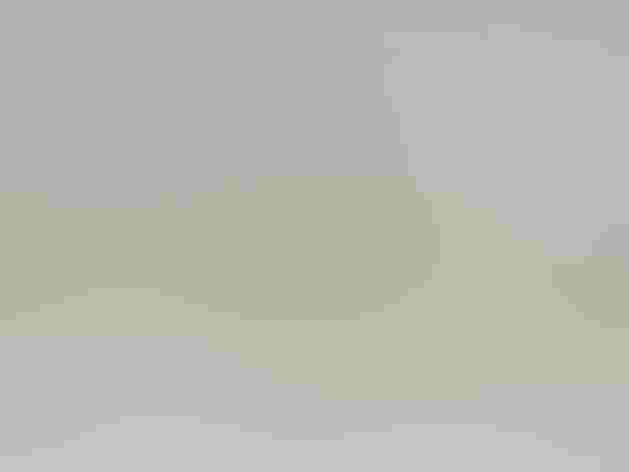Bar-tailed Godwit
At a Glance
Widespread in summer across northern Europe and Asia, this godwit also crosses the Bering Strait to nest in western Alaska. Big, noisy, and cinnamon-colored, it is conspicuous on its tundra nesting grounds. Bar-tailed Godwits from Alaska spend the winter in the Old World. A few may show up on either coast of North America in migration; such strays, in dull winter plumage, often associate with flocks of other godwits, where they are easily overlooked.
All bird guide text and rangemaps adapted from by Kenn Kaufman© 1996, used by permission of Houghton Mifflin Harcourt Publishing Company. All rights reserved.
Category
Sandpiper-like Birds, Sandpipers
IUCN Status
Near Threatened
Habitat
Coasts and Shorelines, Freshwater Wetlands, Lakes, Ponds, and Rivers, Saltwater Wetlands, Tundra and Boreal Habitats
Region
Alaska and The North, California, Mid Atlantic, Northwest
Behavior
Direct Flight, Running
Population
1.100.000
Range & Identification
Migration & Range Maps
Alaskan and Siberian birds winter from southeast Asia south to Australia and New Zealand. Those from Alaska are now known to make a remarkable flight over the ocean, covering more than 6,000 miles in an epic nonstop migration that may take eight days of continuous flying. Strays in the lower 48 States may come from either Asia or Europe.
Description
15-18" (38-46 cm). In breeding plumage, male bright cinnamon below; female much paler. Fall adults and juveniles show striped pattern above (not plain like Hudsonian); unlike Marbled Godwit, lacks cinnamon flash in wings. In flight, shows dark barring on pale tail. Shorter-legged than other godwits.
Size
About the size of a Crow, About the size of a Mallard or Herring Gull
Color
Black, Brown, Pink, Red, Tan
Wing Shape
Narrow, Pointed, Tapered
Tail Shape
Rounded, Short, Square-tipped
Songs and Calls
A loud kew-wew and various other notes.
Call Pattern
Undulating
Call Type
Scream, Whistle
Habitat
Mudflats, shores, tundra. In Alaska, nests on rolling hills of tundra, on slopes with hummocky ground cover and low stunted shrubs, a habitat shared with Whimbrels; adults may feed on coastal lagoons some distance from nesting sites. In migration and winter mainly on tidal mudflats along coast.
Sign up for Ě˝»¨ľ«Ńˇ's newsletter to learn more about birds like the Bar-tailed Godwit
Behavior
Eggs
Usually 4. Olive or pale brown, usually with a few brown spots. Incubation begins with laying of last egg; both male and female incubate, and eggs hatch in about 3 weeks.
Young
Shortly after hatching, young are led to nearby marshy areas, where they stay until able to fly. Both parents tend young, and young find all their own food. Age at first flight probably about 30 days. One brood per year.
Feeding Behavior
Forages by probing in mud of exposed flats or in shallow water. Females have longer bills and may feed in deeper water than males.
Diet
Includes insects, crustaceans, mollusks. In summer in Alaska, feeds mainly on aquatic insects, also occasionally seeds and berries. On mudflats and shores at other seasons, feeds on crustaceans, mollusks, insects, annelid worms.
Nesting
First breeds at age of two years. Territorial and courtship display of male involves loud calls and aerial acrobatics, deep wingbeats alternating with glides, as he circles high above tundra. Nest site is usually on a raised hummock, surrounded by grass. Nest is a shallow depression, lined with bits of grass, moss, lichens.
Conservation
Conservation Status
Most of population is in Old World. Alaskan breeding numbers seem to be stable.






